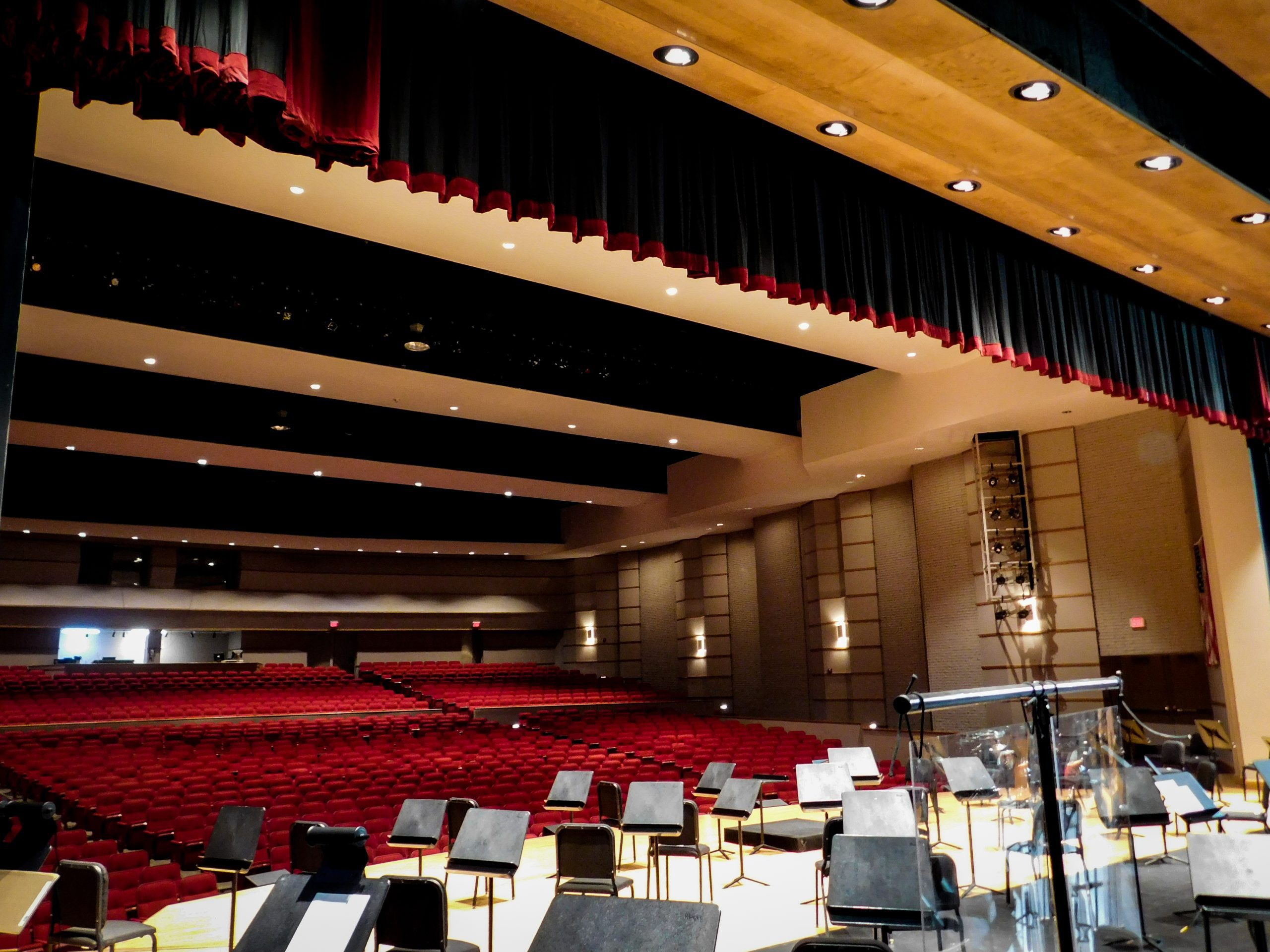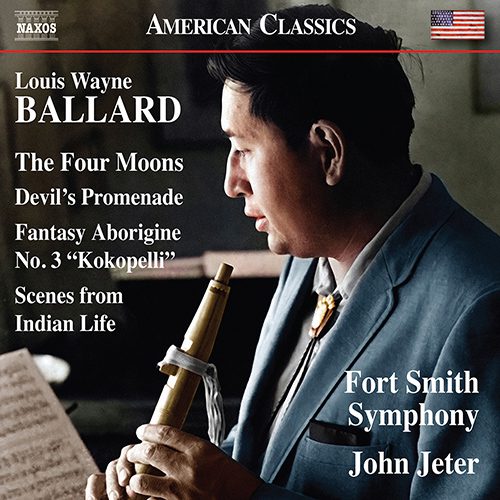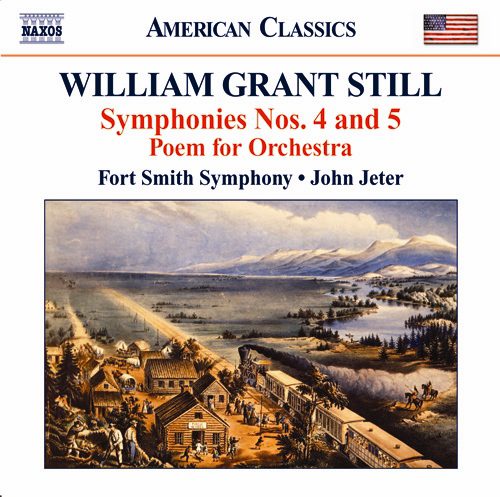listen to the fort smith symphony
The albums of John Jeter and the Fort Smith Symphony

Latest Release: The Four Moons, the Music of Louis Wayne Ballard
Louis Wayne Ballard, or “Honganozhe,” meaning “Stands with Eagles” in the Quapaw language, is recognized as the first Indigenous North American composer of art music. A number of important composers have followed, including Brent Michael Davids, Jerod Impichchaachaaha’ Tate and Raven Chacon, among others.
Ballard worked for the Institute of American Indian Arts (IAIA) in Santa Fe, New Mexico. The IAIA became an important center of Indigenous education and culture. In his first years as performing arts director (1962–68), Ballard realized that many of the young Indigenous North American students did not know the songs of their own tribes. Rectifying this became the focus of many of his professional endeavors; Ballard began collecting Indigenous North American songs, teaching these songs, and lecturing on Indigenous North American music. As curriculum coordinator for the Bureau of Indian Affairs (BIA) (1968–79), he was responsible for music curriculum planning and development.
Ballard’s compositional style was eclectic and likened to that of Shostakovich, Prokofiev, and Bartók. His instructor at Tulsa, Béla Rózsa, was a pupil of Arnold Schoenberg. Lessons with Darius Milhaud, Felix Labunski, and Mario Castelnuovo-Tedesco also shaped his style. His works contain a mix of tonal approaches with atonal and twelve-tone elements. They often include some reflection of his Indigenous North American heritage; the music, art, dance, literature, and mythology of all Indigenous peoples interested the composer. Ballard’s participation as a dancer and musician in powwows, knowledge of traditional songs and cultural elements of many tribes informed his works. He included stylized rhythms, Indigenous North American instruments, folklore or mythology, and occasionally even borrowed a melody for use in his compositions.Ballard’s compositional style was eclectic and likened to that of Shostakovich, Prokofiev, and Bartók. His instructor at Tulsa, Béla Rózsa, was a pupil of Arnold Schoenberg. Lessons with Darius Milhaud, Felix Labunski, and Mario Castelnuovo-Tedesco also shaped his style. His works contain a mix of tonal approaches with atonal and twelve-tone elements. They often include some reflection of his Indigenous North American heritage; the music, art, dance, literature, and mythology of all Indigenous peoples interested the composer. Ballard’s participation as a dancer and musician in powwows, knowledge of traditional songs and cultural elements of many tribes informed his works. He included stylized rhythms, Indigenous North American instruments, folklore or mythology, and occasionally even borrowed a melody for use in his compositions.







